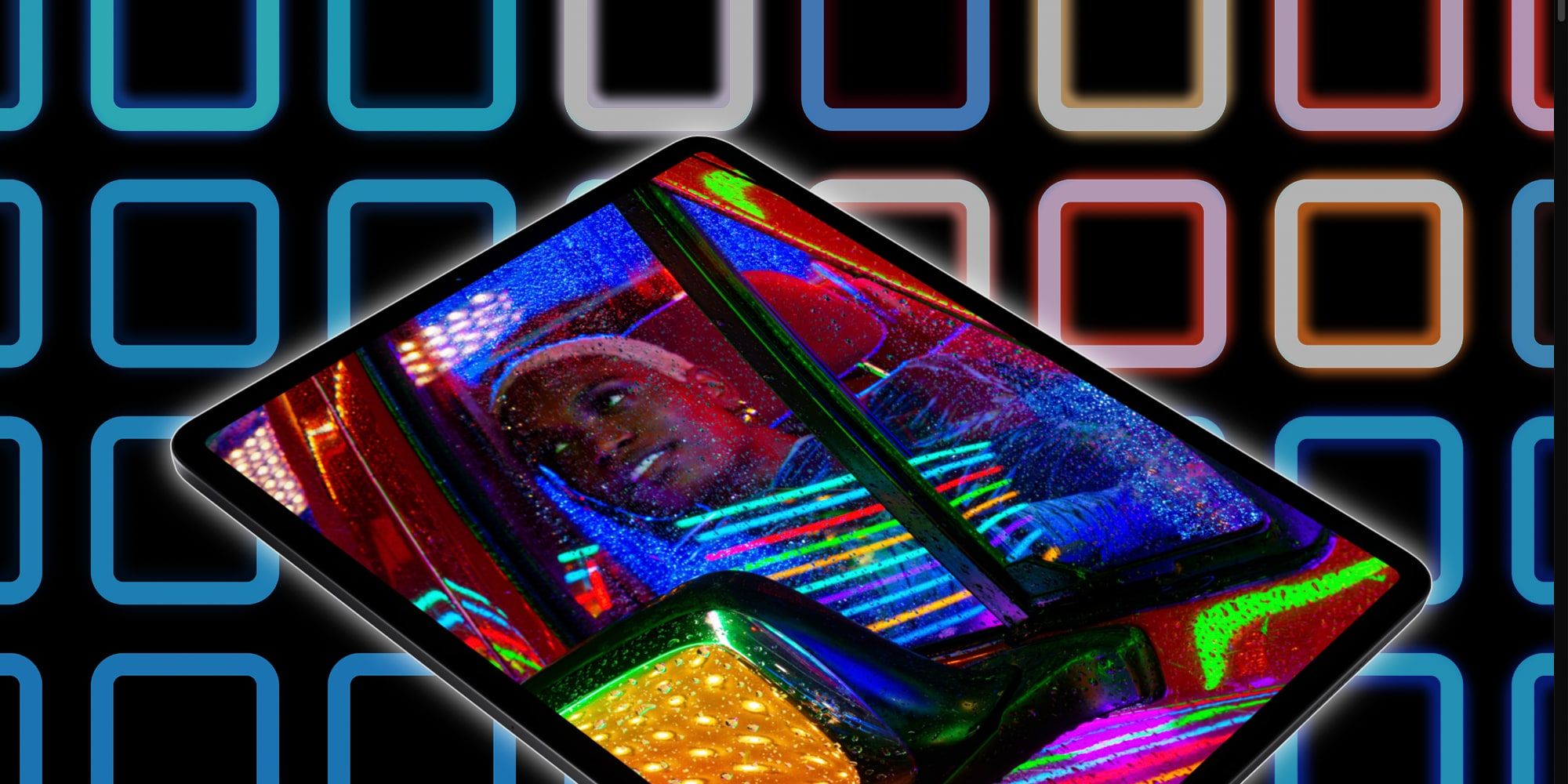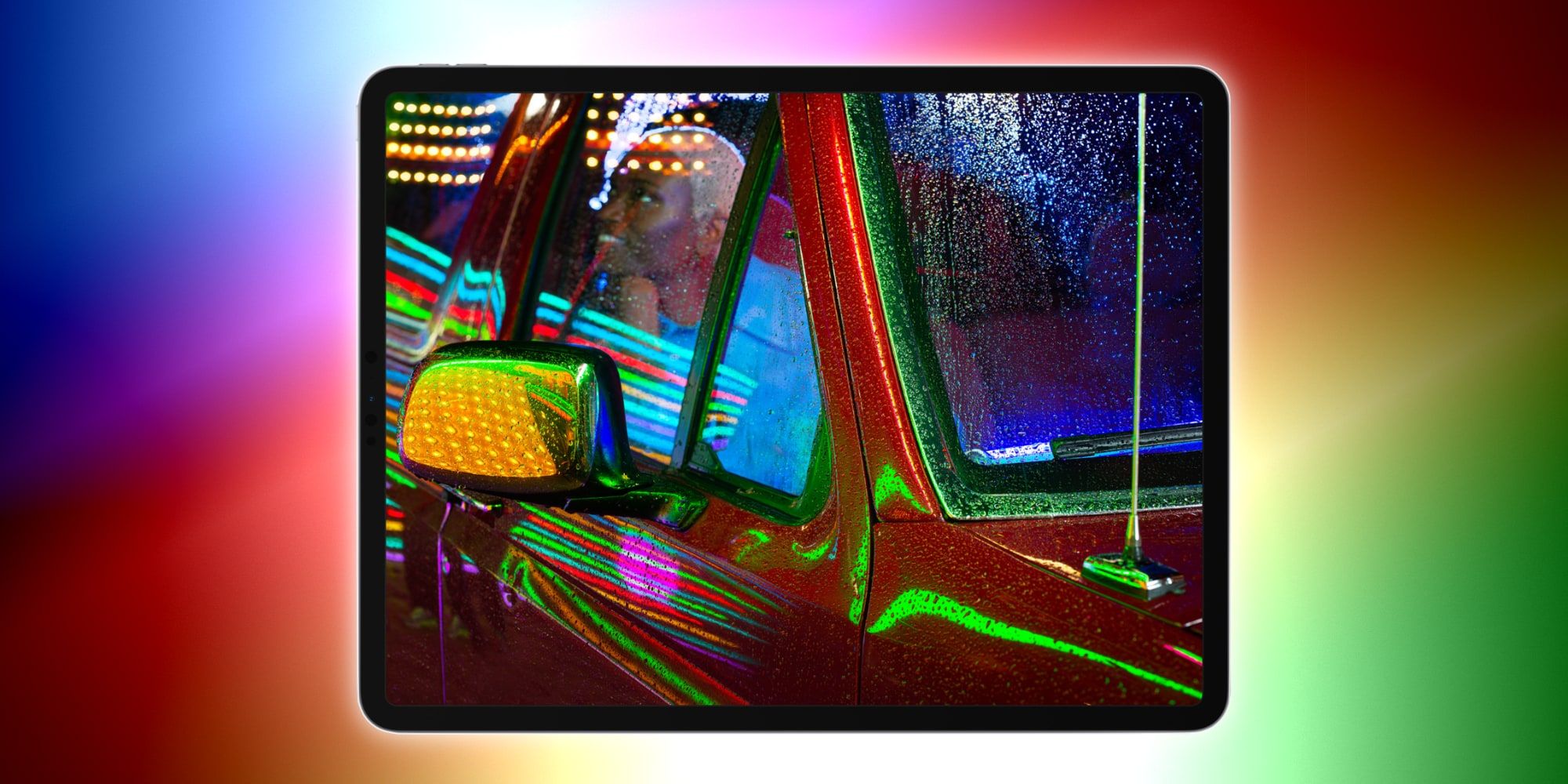Apple's newest, largest and most expensive tablet, the 2021 edition of its 12.9-inch iPad Pro has an advanced mini-LED backlight, but some owners are reporting a blooming problem. While this display type is unique to the iPad, similar local zone lighting has been used in televisions and monitors for quite some time and the same effect has been observed in those screens. However, there are ways to minimize the issue.
Computer screens and televisions use a variety of similar technologies to display content. In the past, bulky cathode-ray tubes (CRT) were the dominant type, relying on electrons shot at a phosphor-coated screen to brighten pixels. Liquid-crystal displays (LCD) have proven most popular for the last few decades, which reverses the strategy of the CRT, blocking light that is supplied from behind the panel. This makes backlighting very important and that is where recent advances have been made. Displays based on organic light-emitting diodes (OLED) directly produce light for each pixel and are quite popular in smaller devices, but drive up the cost when used in larger displays.
Apple's new 12.9-inch iPad Pro features a very high-quality XDR display with an impressive one-million-to-one contrast ratio and a peak brightness of 1600 nits, it can display high-dynamic-range content with brilliant whites and deep blacks. However, it isn't a perfect display and some have noticed a small amount of blooming in fine-detail, high-contrast areas, such as bright text on a black background. Apple is rumored to be working on micro-LED displays that would solve this problem, as the technology directly lights the pixel just like OLED while avoiding the burn-in issues that often shorten the life of the latter. In the meantime, bias lighting seems to be a way to reduce this effect, as explained in a Popular Science article about blooming seen in TVs.
iPad Pro's Halo Effect & Bias Lighting
The reason for the appearance of glowing text is the difference in the number of backlighting zones and LCD pixels. The 12.9-inch iPad Pro uses mini-LED backlighting, an array of 10,000 points of light, which is a staggering number for a screen this size. Some large screen TVs exceed this count but cover an area that's 15 to 20-times larger, meaning the backlight resolution is still lower. This also means the halo effect seen with the new 12.9-inch iPad Pro is relatively minor compared to what may be seen on televisions, although since high-contrast text is commonplace on a tablet it can arise more frequently.
The bias lighting solution involves lighting the area behind the screen. While this is done with fixed lighting for TVs, LED strips placed behind the screen, it isn't practical to attach LEDs to the back of a new 12.9-inch iPad Pro. An easier way to utilize bias lighting is simply to face a window or a brighter part of the room. As explained by Popular Science, this works by changing the way humans perceive contrast. In other words, without actually removing the glow, it changes how it is seen and may help reduce concerns. If the blooming is too annoying, the previous-generation 12.9-inch iPad Pro is still a great tablet and uses traditional backlighting. However, the compromise with preventing glowing text is that the black levels are not as good as Apple's 12.9-inch iPad Pro and its fantastic mini-LED display.
Source: Popular Science


